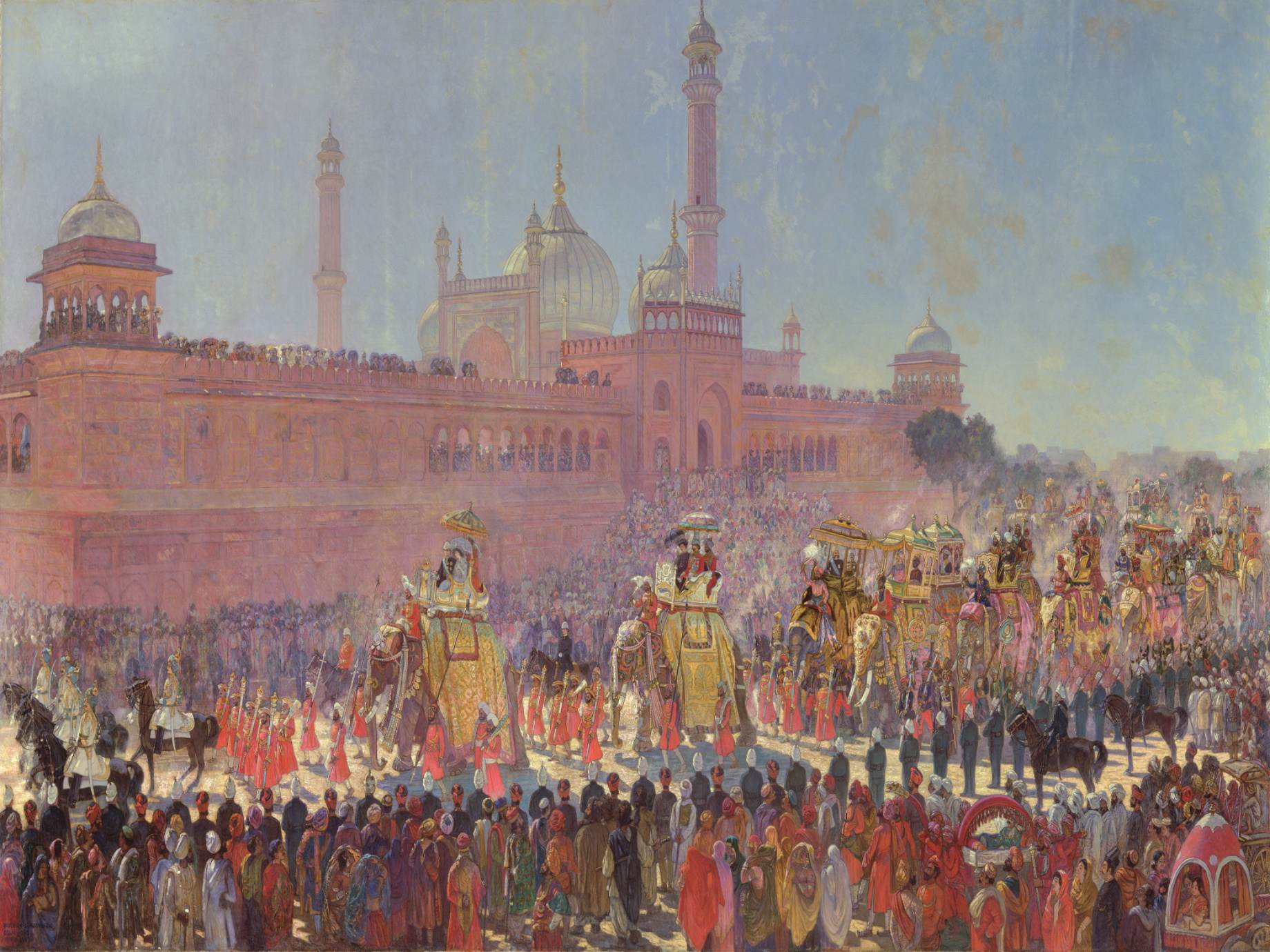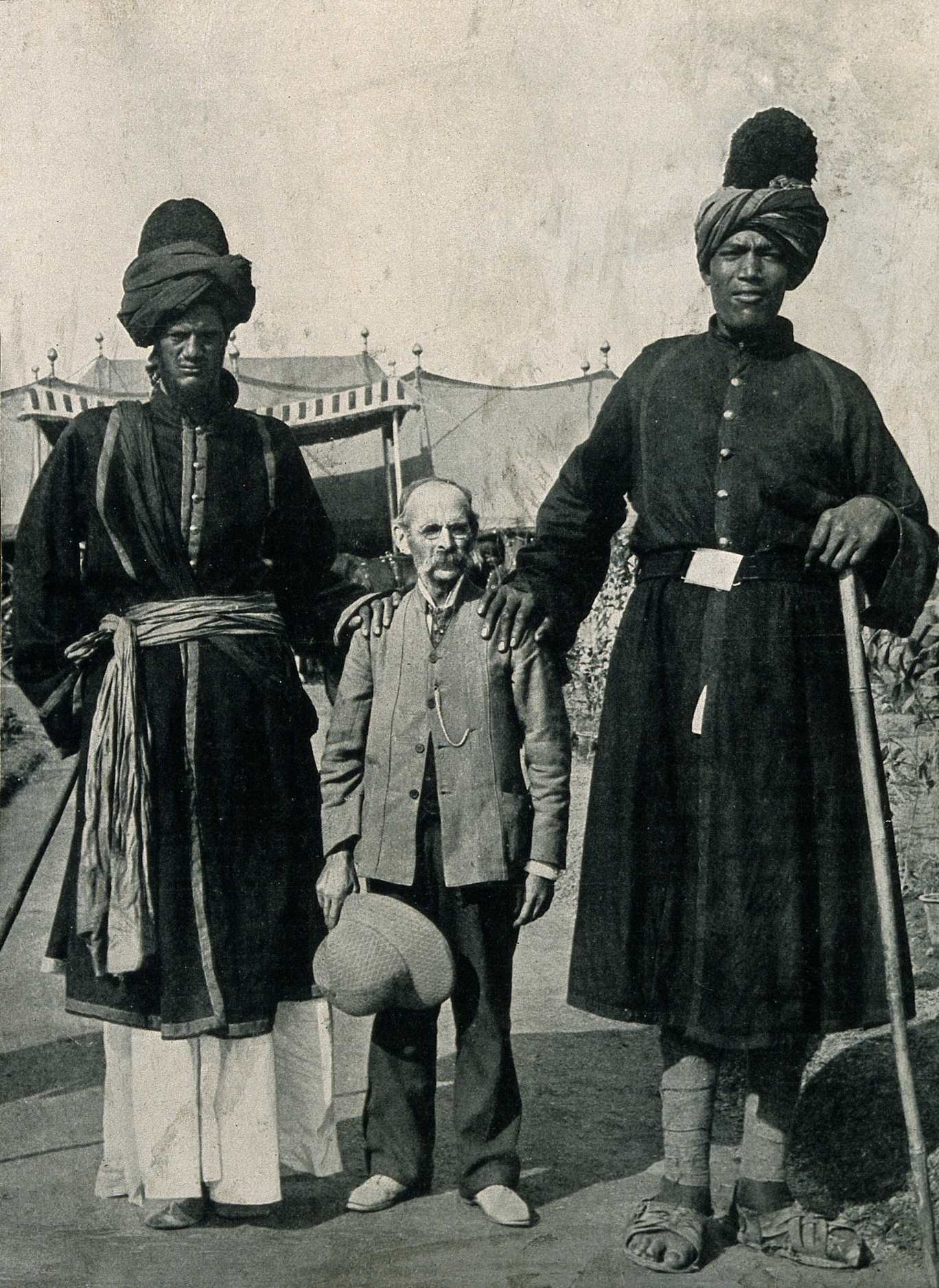In 1903, a grand ceremonial event known as the Durbar was held in Delhi, India, to commemorate King Edward VII‘s (later known as the Duke of Windsor) ascension to the throne. This monarch was also given the title of ‘Emperor of India’ and was the great-grandfather of the recently demised British Monarch Queen Elizabeth II.

Lord Curzon, the then-Viceroy of India, was the one who initiated and executed the Delhi Durbar. The original plan was to have the King come to India to perform the coronation rituals; however, the King denied the offer and showed no interest in traveling there. Therefore, Lord Curzon had to come up with something to put on a show for the people of Delhi. It was then that everything got started!
The Delhi Durbar of 1903
The coronation ceremony took nearly two years to plan and began on December 29, 1902. It began with a grand procession of elephants through the streets of Delhi. The ceremony was attended by esteemed Indian kings and princes. The Duke of Connaught was chosen to represent the British Royal Family in this important event.
The Delhi Durbar, which was set on a large plain outside the city, began on January 1st, 1903 as the inauguration ceremonies had concluded. This gathering was meant to emphasize the grandeur of the British Monarchy and the vastness of the British Empire. Moreover, it also showcased the precious gems that were rare to be seen all together in one place.
The Indian princes and kings were captivated by the appearance of these precious jewels. Curzon joined the festivities with a group of Indian kings riding on elephants. However, the most impressive sight was still to be seen! Despite the elephants being adorned with golden candelabras on their tusks to impress the guests and spectators, it was the two giant guards that stole all the attention.
At the Durbar, two exceptionally tall men were accompanied by the King of Jammu and Kashmir. It was evident that they were the tallest people alive at the time.
The two Kashmir giants
The Kashmir giants captured the full attention of the crowd as they were quite a sight to behold. One of the Kashmir giants stood at an impressive height of 7 feet 9 inches (2.36 meters), while the other giant measured 7 feet 4 inches (2.23 meters) in height. According to reliable sources, these extraordinary individuals were twin brothers.

The towering figures of these two remarkable individuals from Kashmir made a striking impact at the Durbar. These extraordinary men were not only highly skilled riflemen but also devoted their lives to serving their King. Originally hailing from a location called Balmokand, their birthplace remains undocumented due to the possibility of the name being altered over the span of a century or longer.
The brothers brought with them a variety of weapons, such as spears, maces, matchlocks and even hand grenades, to the Durbar; it was clear they were ready for whatever might come their way in order to safeguard their king no matter what. Each group of attendees at the event was led by an elephant, and the king had his bodyguards walking on either side.
Their widespread fame
The group of journalists and photographers from different countries who gathered for the Durbar were equally fascinated by these Kashmir Giants. One can only fathom the tremendous impact they must have had in 1903. Their presence played a significant role in establishing the King of Kashmir’s fame worldwide.
In February 1903, The Brisbane Courier, an Australian publication, published an article titled “The Retinue of the Ruler of Kashmir included a fine detachment of Cuirassiers and a huge Giant.” This article specifically spotlighted two enormous individuals known as ‘Kashmir giants’ who played the roles of guardsmen and servicemen for the ruler of Jammu & Kashmir.
An American traveler and photographer named James Ricalton was particularly fascinated by these Kashmir giants, capturing their images with great enthusiasm. In the photographs, Ricalton appears significantly shorter compared to the smaller of the two giants, as his head doesn’t even reach their chest.
Photographers James Ricalton and George Rose embarked on a journey to Kashmir with the aim of capturing more photographs of these extraordinary Kashmir giants. Among their collection was a striking image depicting a comparison between the tallest giant and the shortest dwarf, showcasing the stark contrast in their heights. Interestingly, Ricalton was also present in the picture to illustrate a sense of hierarchy.
The unusual height difference
Encountering individuals who are taller than 7 feet (2.1m) is very rare. To be precise, there are just 2,800 individuals worldwide who surpass this height, and a mere 14.5% of the US population reaches or exceeds 6 feet (1.8m). And the occurrence of women who are 6 feet (1.8m) or taller in the US is only 1%.
As of now, the average height for men worldwide is around 5 feet 9 inches (equivalent to 1.7 meters), while for women, it is 5 feet and 5 inches (approximately 1.6 meters).
After reading about the Kashmir giants of India: The Delhi Durbar of 1903, read about the mysterious ‘Giant of Kandahar’ allegedly killed by US special forces in Afghanistan.




